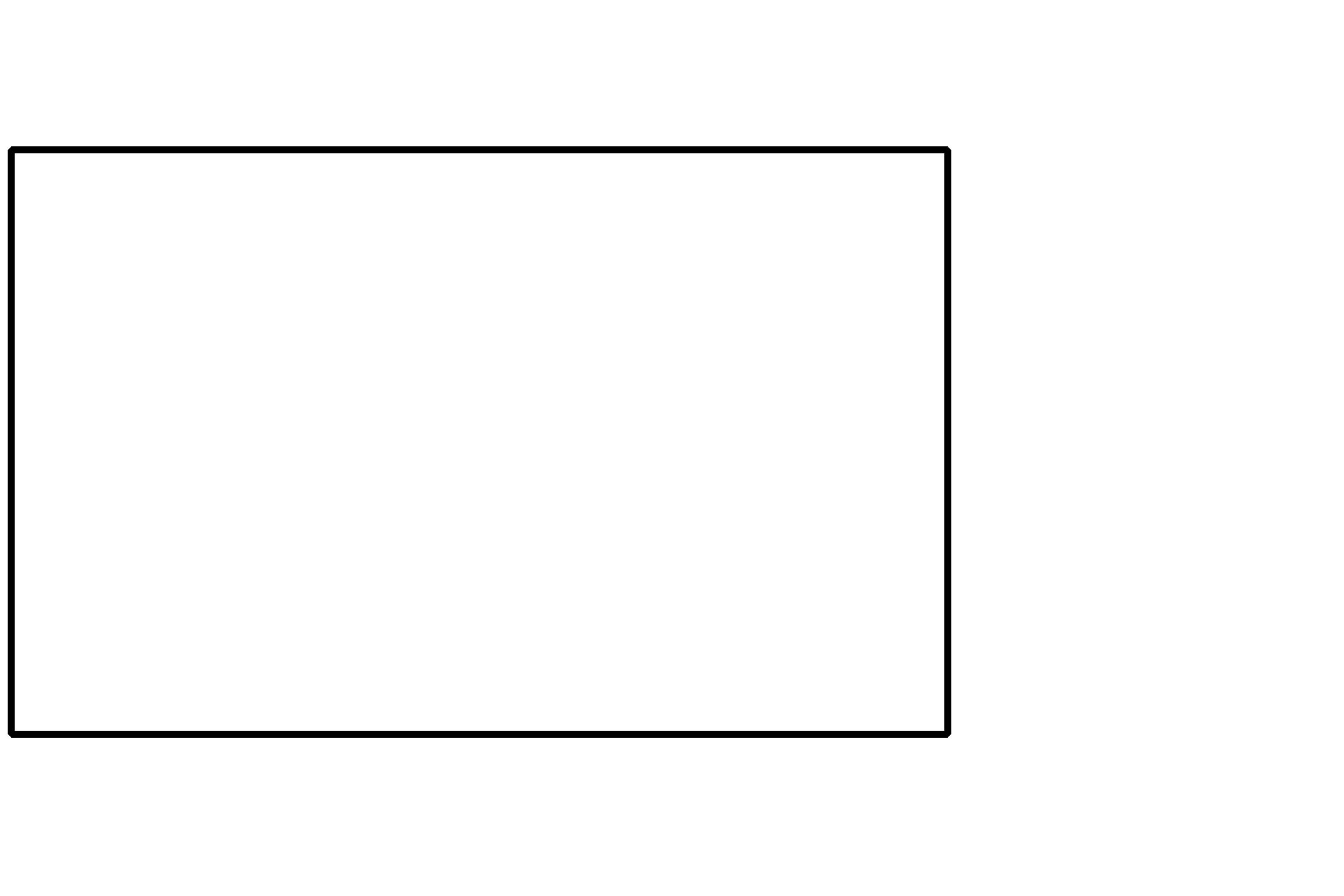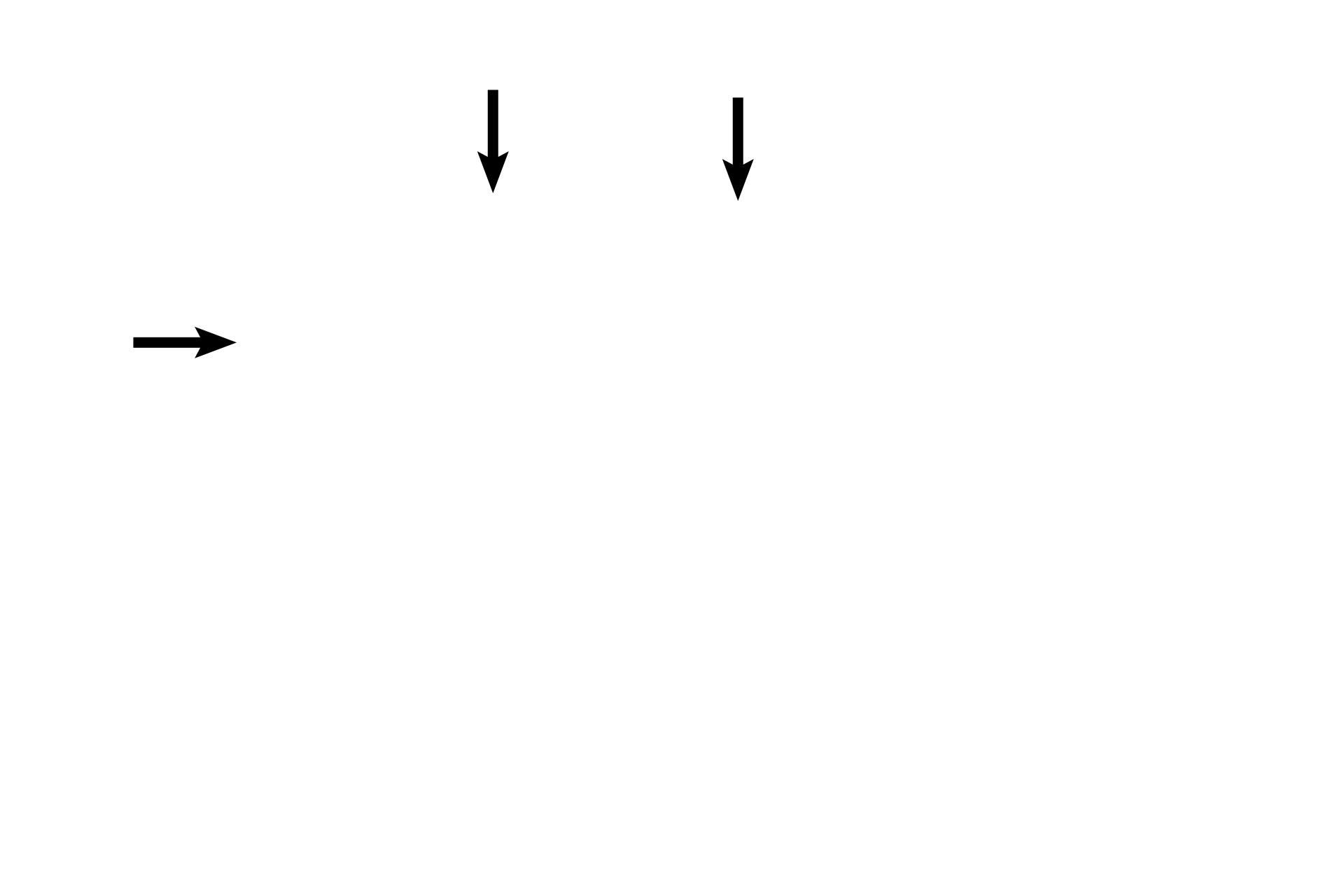
Uterus: cervix
This longitudinal section of cervix demonstrates the external os that marks the transition from the epithelium lining the endocervical canal to the epithelium covering the ectocervix. The wall of the cervix is composed primarily of dense connective tissue with minimal smooth muscle. The cervix does not participate in menstruation. 40x

Lumen
This longitudinal section of cervix demonstrates the external os that marks the transition from the epithelium lining the endocervical canal to the epithelium covering the ectocervix. The wall of the cervix is composed primarily of dense connective tissue with minimal smooth muscle. The cervix does not participate in menstruation. 40x

Simple columnar epithelium >
Simple columnar epithelium lines the endocervical canal. Mucus-secreting folds, plicae palmatae, extend from the endocervical canal. Under the influence of estrogen at the time of ovulation, these folds release an abundant mucus that is favorable for sperm migration. With low estrogen or with progesterone, the mucus is scant, viscous and difficult for sperm to penetrate.

Plicae palmatae
Simple columnar epithelium lines the endocervical canal. Mucus-secreting folds, plicae palmatae, extend from the endocervical canal. Under the influence of estrogen at the time of ovulation, these folds release an abundant mucus that is favorable for sperm migration. With low estrogen or with progesterone, the mucus is scant, viscous and difficult for sperm to penetrate.

External os >
The external os marks the junction of the simple columnar epithelium lining the endocervical canal with the stratified squamous moist epithelium covering the ectocervix.

Ectocervix >
The ectocervix extends from the external os and protrudes into the vagina. Stratified squamous moist epithelium covers the ectocervix (vaginal portion of the cervix) and cannot be differentiated from vaginal epithelium.

- Stratified squamous moist epithelium
The ectocervix extends from the external os and protrudes into the vagina. Stratified squamous moist epithelium covers the ectocervix (vaginal portion of the cervix) and cannot be differentiated from vaginal epithelium.

Next image
The next image is similar to the areas outlined by the rectangles.